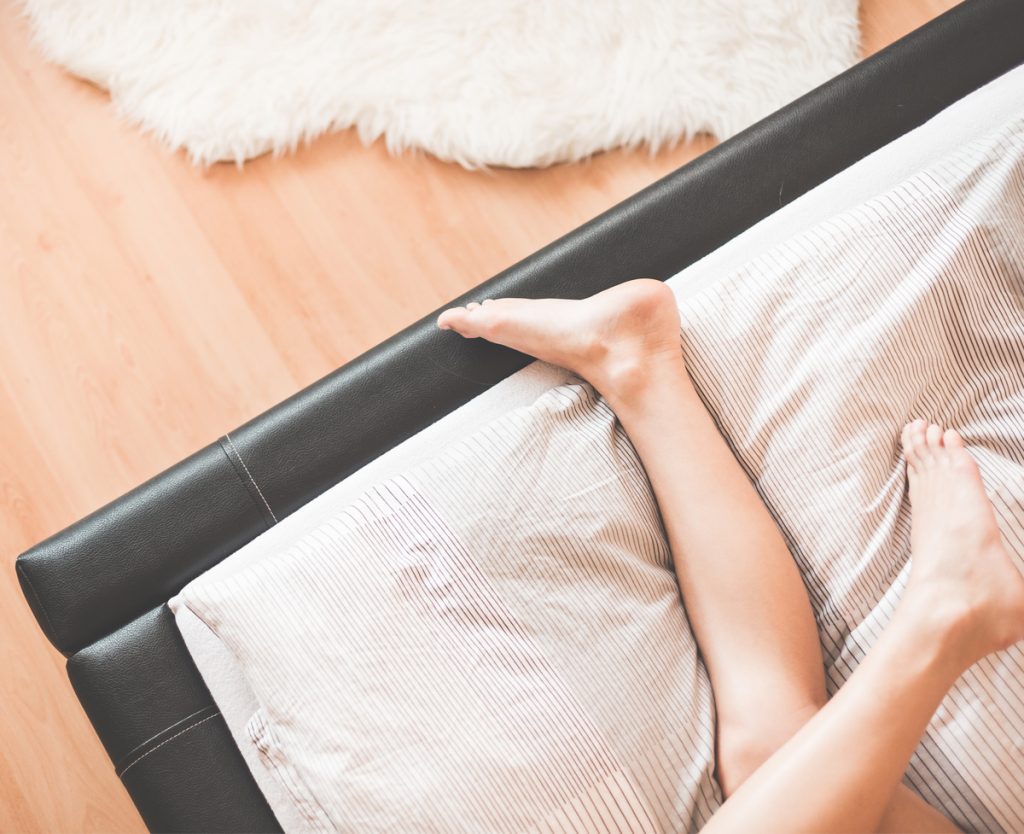Sleep is not just a biological necessity—it is an intricate process influenced by a myriad of factors, including the environment we inhabit. From the ambiance of your bedroom to external distractions, your surroundings play a vital role in determining the quality of your rest. In this blog, we’ll explore how to optimize your environment for better sleep, backed by scientific insights and practical tips.
The Role of Temperature
Temperature is a crucial factor in sleep. The human body experiences a natural drop in core temperature during sleep, which facilitates deeper and more restorative stages. The optimal room temperature for sleep typically falls between 16°C and 20°C (60°F to 68°F). Too hot or too cold, and your sleep may be disrupted.
To achieve this ideal temperature, consider investing in a programmable thermostat. During warmer months, cooling methods like fans or air conditioning can help maintain the desired climate. Conversely, during colder months, a good quality duvet and insulated curtains can retain warmth while keeping drafts at bay.
The Impact of Lighting
Lighting is another environmental aspect that significantly affects sleep. Exposure to bright light, especially blue light emitted by screens, can suppress the production of melatonin—a hormone essential for regulating sleep-wake cycles. To counteract this, dim the lights in your home as bedtime approaches and minimize screen time an hour before sleep.
Installing blackout curtains or using a sleep mask can also help create a dark, serene environment conducive to restful sleep. If you need a touch of light, opt for warm, amber-toned lamps instead of harsh, white light bulbs.
Noise Control for Undisturbed Rest
Noise pollution can disrupt sleep and lead to fragmented rest. While some individuals are able to sleep through mild background noises, others may be sensitive to even the faintest sound. Common culprits include traffic, barking dogs, or neighbors playing loud music.
White noise machines or apps can help mask disruptive sounds, creating a uniform auditory backdrop that promotes relaxation. Alternatively, noise-canceling earplugs can provide immediate relief if external disturbances are unavoidable.
The Role of Calming Scents
Aromatherapy has gained popularity as an effective way to enhance sleep. Certain scents, such as lavender and chamomile, have been scientifically proven to reduce stress and encourage relaxation. Diffusing essential oils in your bedroom before sleep or using pillow sprays infused with calming scents can set the tone for a peaceful night.
Curating a Sleep-Friendly Setup
The design of your bedroom itself can contribute to better sleep. Opt for a high-quality mattress and pillows that support your preferred sleeping position. Declutter your sleeping area to foster a sense of calm, and introduce soothing decor elements such as soft textures and muted colors.
Additionally, consider limiting your bedroom’s functions to sleep and relaxation. Avoid using it as a workspace or entertainment zone to strengthen the association between your room and restful slumber.
Conclusion
Your environment is a powerful tool for improving sleep quality. By making simple yet effective adjustments to your surroundings, you can create a haven that nurtures restorative sleep and promotes overall well-being.
